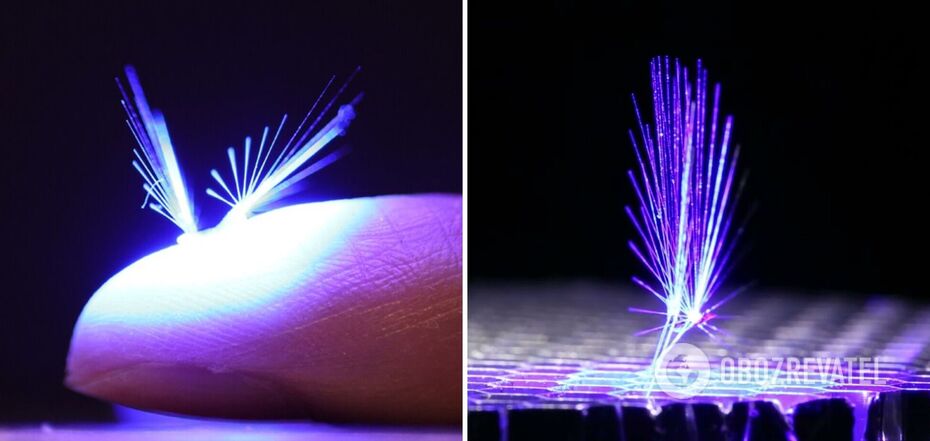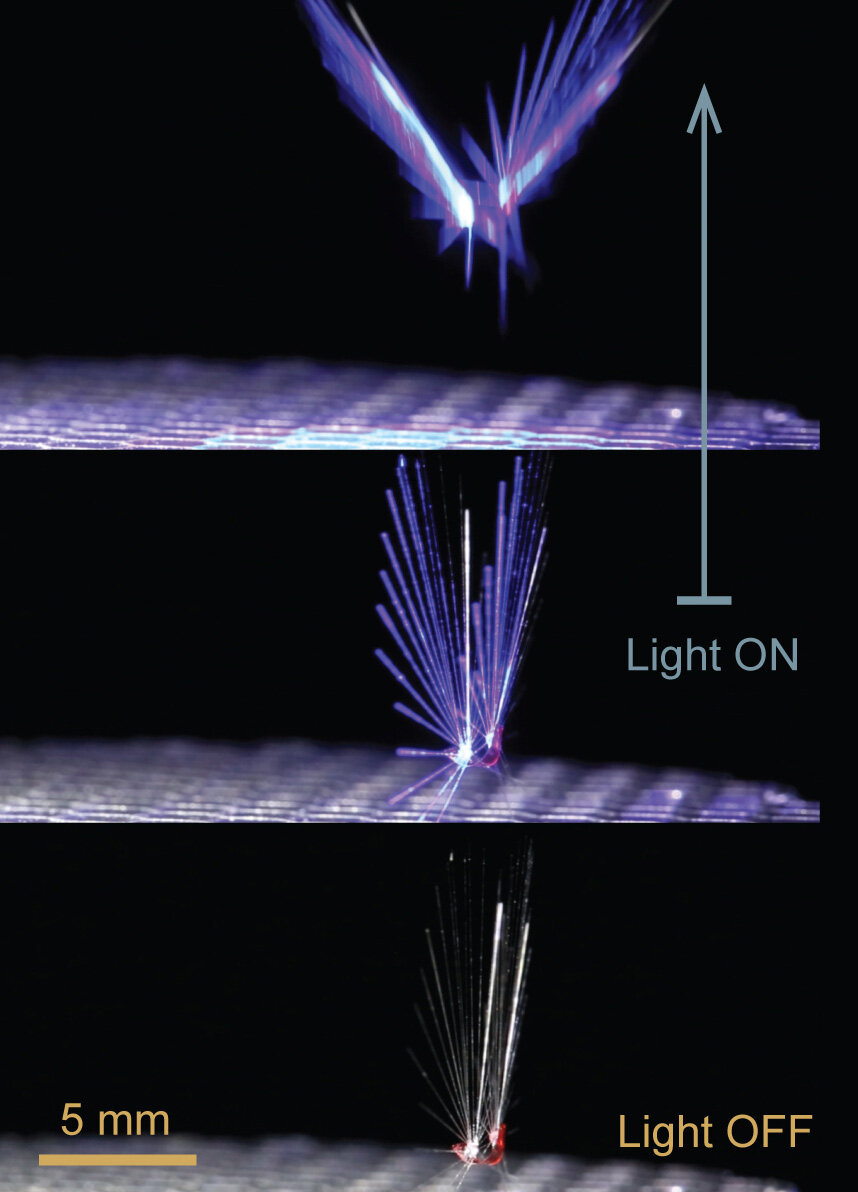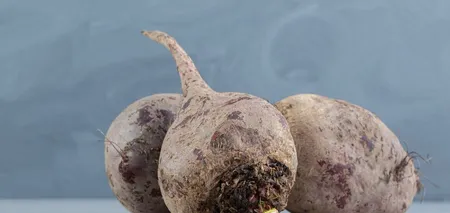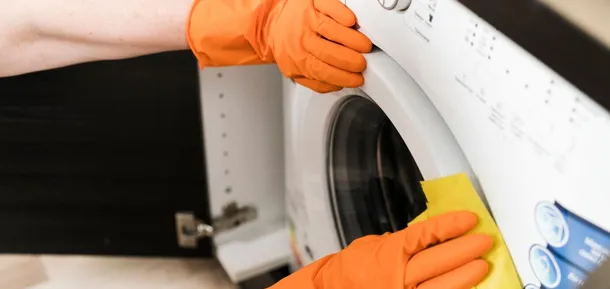News
Scientists have created a fairy robot that can be carried by the wind: impressive video
Thanks to the development of polymers that respond to stimuli such as heat or light, nanorobot technology has reached a new level. Soft-body devices that can be controlled remotely have been taught to walk, jump, and even swim. And now, researchers from the Light Robots group at the University of Tampere (Finland) have developed a technology that should make such a robot fly for the first time.
According to SciTechDaily, the authors of the development were Hao Zeng and Jianfeng Yang, who named their project very romantically – FAIRY. The word is translated from English as "fairy" but is also an abbreviation for Flying Aero-robots based on Light Responsive Materials Assembly (to watch the video, scroll to the end).
This device moves in the air with the help of the wind and can be controlled by light.
The material from which the robot is made consists of light-sensitive components such as a liquid crystal elastomer. The bristles made of it cover the "fairy robot" and react to light by opening or closing.
If you shine an LED or laser on the device, it changes its shape, and thanks to this, the robot can take off, sit down, or change direction. In the air, it moves thanks to the power of the wind and can potentially cover quite long distances. The robot is also powered by light, so it doesn't need to be recharged separately.
Scientists are now working on improving the prototype so that it can run on sunlight and carry various microelectronics, such as GPS and sensors, as well as biochemical compounds. In the future, this should help a lot with artificial pollination of plants in fields and gardens.
Due to the current massive extinction of insects, including bees, caused by climate change, the problem of plant pollination has become very acute. Therefore, flocks of such robotic fairies could be the solution. They can be useful not only for agriculture but also help maintain ecosystems by slowing down the decline in plant biodiversity.
Currently, scientists face several challenges that have yet to be solved. For example, how to accurately control the place where robots land, how to reuse devices, and how to make them biodegradable? Roboticists have to work on these issues together with material scientists.
Subscribe to OBOZREVATEL's Telegram and Viber channels to keep up with the latest developments.




























